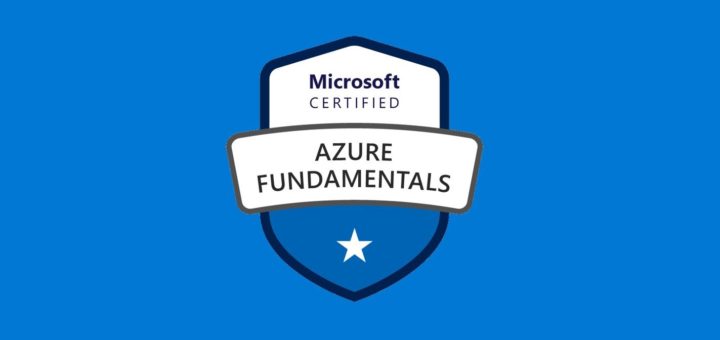Question #61
A user has launched an EC2 instance. The user is planning to setup the CloudWatch alarm. Which of the below mentioned actions is not supported by the CloudWatch alarm?
- A. Notify the Auto Scaling launch config to scale up
- B. Send an SMS using SNS
- C. Notify the Auto Scaling group to scale down
- D. Stop the EC2 instance
Correct Answer: A
When you create an alarm, you can configure it to perform one or more automated actions when the metric you chose to monitor exceeds a threshold you define. For example, you can set an alarm that sends you an email, publishes to an SQS queue, stops or terminates an Amazon EC2 instance, or executes an Auto Scaling policy.
Since Amazon CloudWatch alarms are integrated with answer is A. https://aws.amazon.com/cloudwatch/faqs/
Amazon Simple Notification Service, you can also use any notification type supported by SNS.
Question #62
A user is trying to delete an Auto Scaling group from CLI. Which of the below mentioned steps are to be performed by the user?
- A. Terminate the instances with the ec2-terminate-instance command
- B. Terminate the Auto Scaling instances with the as-terminate-instance command
- C. Set the minimum size and desired capacity to 0
- D. There is no need to change the capacity. Run the as-delete-group command and it will reset all values to 0
Correct Answer: C
If the user wants to delete the Auto Scaling group, the user should manually set the values of the minimum and desired capacity to 0. Otherwise Auto Scaling will not allow for the deletion of the group from CLI. While trying from the AWS console, the user need not set the values to 0 as the Auto Scaling console will automatically do so.
Question #63
An organization is planning to create 5 different AWS accounts considering various security requirements. The organization wants to use a single payee account by using the consolidated billing option. Which of the below mentioned statements is true with respect to the above information?
- A. Master (Payee. account will get only the total bill and cannot see the cost incurred by each account
- B. Master (Payee. account can view only the AWS billing details of the linked accounts
- C. It is not recommended to use consolidated billing since the payee account will have access to the linked accounts
- D. Each AWS account needs to create an AWS billing policy to provide permission to the payee account
Correct Answer: B
AWS consolidated billing enables the organization to consolidate payments for multiple Amazon Web Services
(AWS. accounts within a single organization by making a single paying account. Consolidated billing enables the organization to see a combined view of the AWS charges incurred by each account as well as obtain a detailed cost report for each of the individual AWS accounts associated with the paying account. The payee account will not have any other access than billing data of linked accounts.
Question #64
A user has deployed an application on his private cloud. The user is using his own monitoring tool. He wants to configure that whenever there is an error, the monitoring tool should notify him via SMS. Which of the below-mentioned AWS services will help in this scenario?
- A. None because the user infrastructure is in the private cloud/
- B. AWS SNS
- C. AWS SES
- D. AWS SMS
Correct Answer: B
Amazon Simple Notification Service (Amazon SNS. is a fast, flexible, and fully managed push messaging service. Amazon SNS can be used to make push notifications to mobile devices. Amazon SNS can deliver notifications by SMS text message or email to the Amazon Simple Queue Service (SQS. queues or to any
HTTP endpoint. In this case user can use the SNS apis to send SMS.
Question #65
A user has created a web application with Auto Scaling. The user is regularly monitoring the application and he observed that the traffic is highest on Thursday and Friday between 8 AM to 6 PM. What is the best solution to handle scaling in this case?
- A. Add a new instance manually by 8 AM Thursday and terminate the same by 6 PM Friday
- B. Schedule Auto Scaling to scale up by 8 AM Thursday and scale down after 6 PM on Friday
- C. Schedule a policy which may scale up every day at 8 AM and scales down by 6 PM
- D. Configure a batch process to add a instance by 8 AM and remove it by Friday 6 PM
Correct Answer: B
Auto Scaling based on a schedule allows the user to scale the application in response to predictable load changes. In this case the load increases by Thursday and decreases by Friday. Thus, the user can setup the scaling activity based on the predictable traffic patterns of the web application using Auto Scaling scale by
Schedule.


